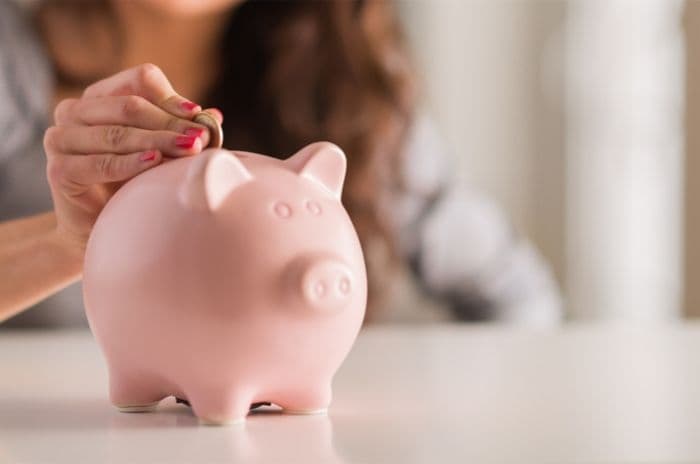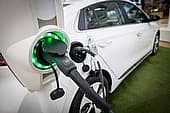Home > Money > News > New tool helps savers boost nest egg
New tool helps savers boost nest egg
A new Government backed tool has been launched to help savers achieve their goals and set personal reminders.
A new tool has been developed by the government to encourage UK residents to save better. Working alongside Help to Save, it encourages saving behaviour, and could help users secure as much as £1,200 in tax free bonus payments from HMRC.
Available in the HMRC app, it allows users of the Help to Save account to set their own personal savings goals as well as activating reminders. These are designed to encourage them to stay on track and achieve their maximum bonus payment.
So far, over 80,000 people have signed up to the Help to Save account, and more than £10m has been deposited. Designed for working people on lower incomes the scheme awards a 50% bonus to savings. For every £1 saved, HMRC will top it up by an additional 50p.
This means that over the maximum four years that the account can be used, and paying in the maximum £50 a month in savings, the overall bonus could be as much as £1,200.
Available to people in receipt of Universal Credits and Tax Credits, the scheme is designed to encourage positive behaviours and get people saving for a 'rainy day'.

How does it work?
Help to Save is a form of savings account, although being a government backed scheme, it's somewhat more secure than one which is owned by a bank.
Only people on Working Tax Credit or Universal Credit can use the account. There is no minimum payment they have to make, but the maximum they can save in any one month is £50.
After the first two years of savings, HMRC will pay 50% of the highest balance the account holder has managed to save. This payment is made to their bank account, not their Help to Save account.
At the end of four years, they will pay an additional 50% of anything saved over and above the level of their first maximum balance. Bonus payments are all tax free.
Account holders can pay in via bank transfer, standing order or direct debit. They can withdraw their money at any time, but only to their registered bank account.
HMRC have created an explainer video which can be viewed below:
Is it any good?
Help to Save has been around for a little while now. While the government are still keenly backing it, including developing this new reminder app, it's about time someone asked 'is it actually working'?
On the upside, the government reassures members of Help to Save that the scheme will not affect their benefits. If the account holder or their partner has £6,000 or less in personal savings, including in Help to Save, it will not have any bearing on Universal Credit, Tax Credit or Housing Benefit.
However, for people who are very much living hand to mouth, putting any significant amount of savings into a Help to Save account is going to be a challenge. For those on the benefits to make them eligible for this scheme, their income is already cripplingly low.
Following the benefits cap, implemented in 2016, the amount any family can receive to live on was reduced down to just £20,000 a year. That's a tough amount to get by on, and asking these people to put money away in savings is almost laughable.
Added to this is the rollout of Universal Credit. Research has shown that switching to this combined benefit means 2.1m families will lose on average £1,600 a year.
For many, the idea of trying to save £5 a month, let alone £50, is completely out of their reach.
Despite the introduction of truly free basic banking in 2015, research suggests there are still 1.71m people in the UK who do not have a bank account. This instantly excludes them from participating in Help to Save, which is another factor the government are studiously ignoring.
Although the idea behind Help to Save is good, and the introduction of the savings reminder app is a nice touch, none of this goes far enough to really tackle the deep rooted issue of financial exclusion in the UK.
Get insider tips and the latest offers in our newsletter
Get insider tips and the latest offers in our newsletter

We are independent of all of the products and services we compare.

We order our comparison tables by price or feature and never by referral revenue.

We donate at least 5% of our profits to charity, and we have a climate positive workforce.
Latest News

26 October 2022
Cost of living showing worrying trends in affordability
24 August 2022
Home insurance premiums fall in latest ABI figures
29 June 2022
APP fraud and mobile banking fraud increased in 2021

